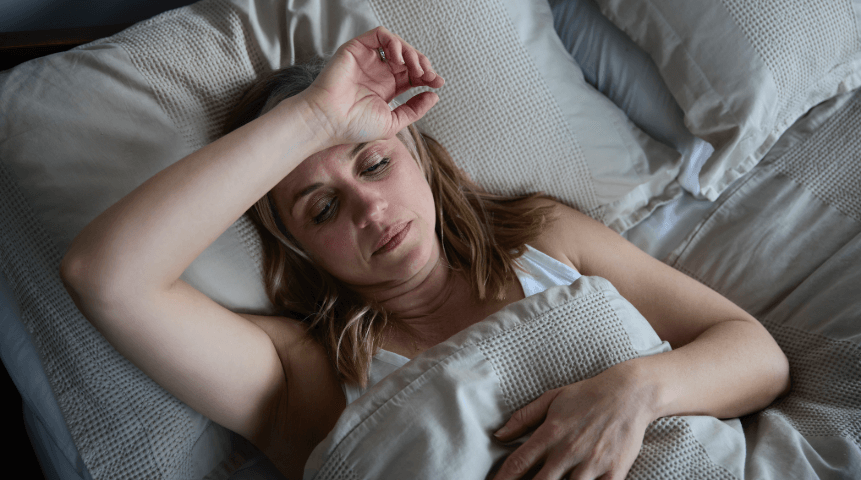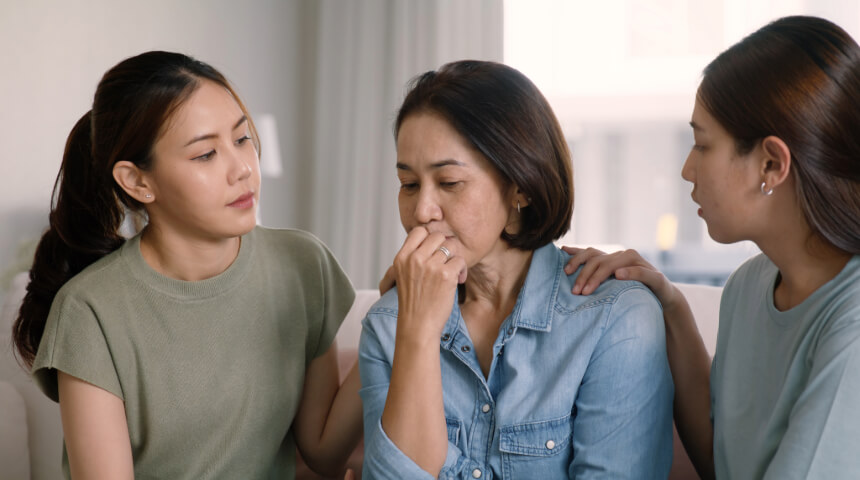You might hear the term “occupational therapy” and assume it has something to do with helping people with physical issues that affect their ability to work.
But it’s much broader than that. Think of “occupation” as anything that occupies your time that you find purposeful. This could be a mother caring for her children, a college student who needs to get back into the classroom or an older person who wants to attend church.
For a stroke survivor, occupational therapy and exercise play key roles in returning to a life that’s as close as possible to what it was before the stroke.
A stroke can create a wide range of complications, depending on its location in the brain. Among the most noticeable effects is one-sided weakness (hemiparesis). A stroke on the left side of the brain can result in weakness on the right side of the body and vice versa.
This can affect your ability to dress or make meals. You may have trouble talking or understanding what other people are saying. You could have vision issues. Your brain may have trouble recognizing its own deficits – you may think you can walk across the room, even though one arm and leg aren’t working.
Holistic Approach
A wide range of factors can affect your rehabilitation. Called the biopsychosocial model, therapists look at the biological impact of the stroke, but also the psychological (depression is a common symptom) and social implications.
Your therapist is not just looking at the diagnosis, they are looking at you as a person, in light of that diagnosis. That analysis will help guide rehab efforts as occupational therapists work with you to get as close as possible to your life before the stroke.
Occupational therapy will seek first to restore as much function as possible. This could involve neuromuscular re-education to awaken affected muscles and get signals flowing from your brain.
Therapists also work on adaptive techniques to boost your independence and reduce strain on your caregivers. When your arm and leg won’t move on their own, for example, there are techniques you can use to put on socks, shoes and a shirt without any help.
Rehab Exercises and Activities
Therapy interventions could focus on a wide range of areas, depending on the therapist’s assessment. Among them:
- Passive range of motion: These efforts involve using external force to move a body part that isn’t moving on its own. For example, you might use your strong arm to move a paralyzed arm. The goal is to keep joints flexible and avoid contracture that could further restrict movement.
- Active assistive range of motion: These exercises target weak limbs that need assistance to achieve former levels of movement, with the goal of strengthening the limb.
- Active range of motion: For patients who still have full range of motion in a weak limb, these exercises attempt to build strength, flexibility and muscular endurance.
- Strengthening or resistance training: These exercises use gradual increases in resistance to develop stronger muscles. This can be done with bands, dumbbells, putty and exercise machines.
- Stretching: It’s not uncommon for muscles to become tight after a stroke. Regular flexibility exercises can help avoid joint contracture and muscle shortening. Yoga, Pilates and tai chi classes can be good options, though you need an instructor who understands your limitations, for safety purposes.
- Balance training: Patients often can experience decreased balance after stroke. One of the first areas of focus is core or trunk musculature, to help maintain balance while sitting.
- Gross and fine motor skills: These coordination exercises will help you with a wide range of movements, including walking, throwing, feeding yourself, getting dressed and writing.
- Eye exercises: Visual problems, including visual field loss and impaired eye movement, are common symptoms.
In the Beginning
One of the most important things for you to remember is that stroke recovery is a marathon. The early post-stroke period is more like a 100-yard dash, where you’re likely to make significant gains at a fairly quick pace. Continuing therapy will help you improve, but in the end, this is a lifelong journey.
Your brain has an amazing quality called neuroplasticity. Basically, the brain is malleable and changeable. And that’s what your therapists will focus on throughout your rehab.
Improvements and recovery can occur at any time. These changes can happen one day, one year or three years after the stroke. Never give up hope.
Choose to Stay in Touch
Sign up to receive the latest health news and trends, wellness & prevention tips, and much more from Orlando Health.
Sign Up










